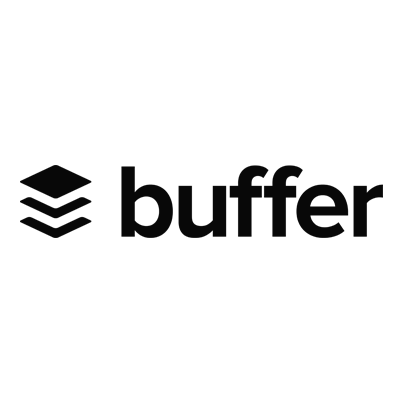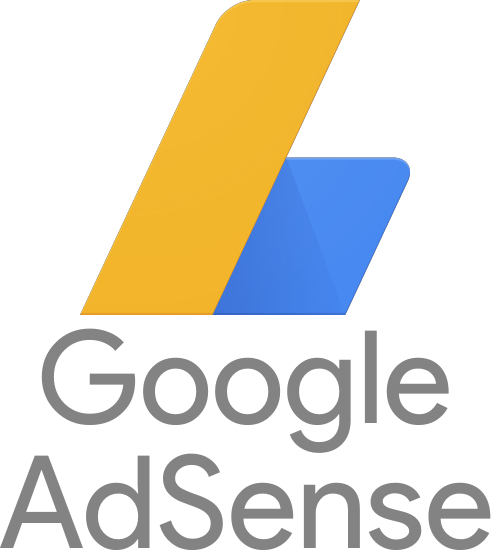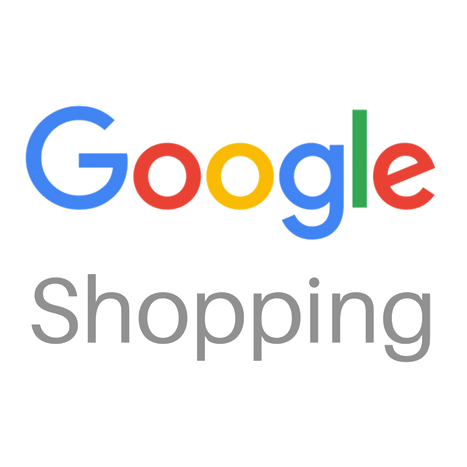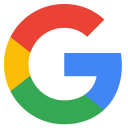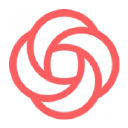How We Started A Company Designing Volunteer And Giving Solutions
Hi! My name is Ben Sampson and I’m the co-founder of WeHero. WeHero gives companies the solutions to accomplish their social mission through powerful giving and volunteer programs to create a better culture, a better brand, and a greater social impact.
Our team works day in and day out to develop new programs and technologies that make giving and volunteering powerful and effortless for our clients. Our mission: To empower 10 million people with the tools to give easily and impactfully.

Today, we serve many of the Fortune 500 and numerous small to mid-sized companies building their social strategies and executing high impact volunteer experiences for teams.
What's your backstory and how did you come up with the idea?
I grew up in Mt. Shasta California raising cattle. Often, I like to say I grew up with 4,000 hippies in the woods to keep it...

Download the report and join our email newsletter packed with business ideas and money-making opportunities, backed by real-life case studies.

Download the report and join our email newsletter packed with business ideas and money-making opportunities, backed by real-life case studies.

Download the report and join our email newsletter packed with business ideas and money-making opportunities, backed by real-life case studies.

Download the report and join our email newsletter packed with business ideas and money-making opportunities, backed by real-life case studies.

Download the report and join our email newsletter packed with business ideas and money-making opportunities, backed by real-life case studies.

Download the report and join our email newsletter packed with business ideas and money-making opportunities, backed by real-life case studies.

Download the report and join our email newsletter packed with business ideas and money-making opportunities, backed by real-life case studies.

Download the report and join our email newsletter packed with business ideas and money-making opportunities, backed by real-life case studies.


